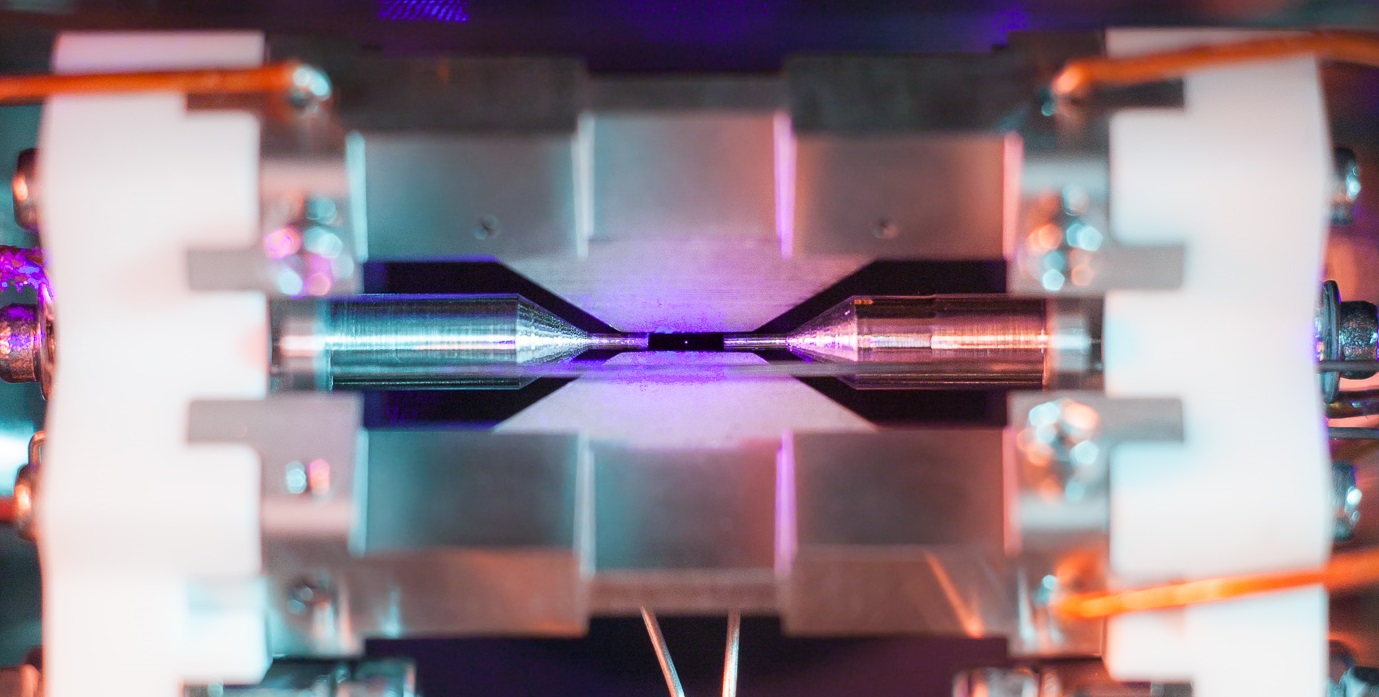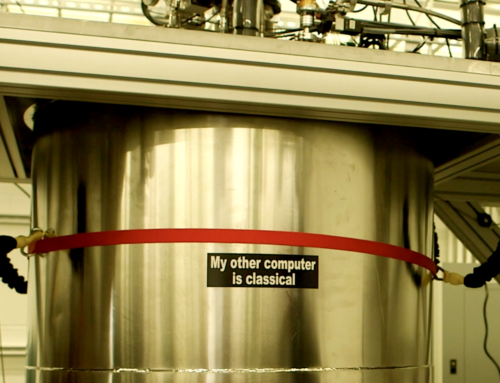Feature image via the University of Oxford Department of Physics
Gabriella Skoff
The quantum race has thus far been dominated by names you have probably heard of: Microsoft, Intel, Google, Rigetti and IBM. A newcomer to the game, Honeywell International Inc., is a company perhaps better known for the manufacturing of aircraft engines than quantum computers. Rather surreptitiously, however, Honeywell has been hard at work developing what is known as trapped-ion computing technology for at least five years now. Unlike some of the other quantum computing contenders, Honeywell stayed more or less out of the quantum headlines until March, when the company officially entered the quantum playing field with a series of announcements on the development of its quantum capabilities. The strategic addition of quantum computing to Honeywell’s portfolio is the result of CEO Darius Adamczyk’s background in computer engineering and a forward-looking approach, which values the quantum computing sector as a worthy investment for the future of the business.
Adamczyk has expressed confidence in the progressive development of a Honeywell quantum computer, stating that he expects it to begin generating revenue as early as the end of this year. According to their website, Honeywell’s quantum efforts have resulted in their ion-trap technology demonstrating “record-breaking high fidelity quantum operations” of 99.997 percent, placing it in the lead just ahead of its main trapped ion competitor, IonQ, which boasts 99.97 single-qubit fidelities. These numbers appear to be promising, but Honeywell cannot yet claim superiority until it is able to report results for two-qubit fidelity, a better measurement of the technology’s accuracy over time. Still, these impressive results do place Honeywell as a top contender, directly in competition with IonQ, the only other quantum computing entrant to employ an ion trapping approach.
So, how did a company like Honeywell suddenly become such a major contender in the quantum race? According to Next Platform, Honeywell’s quantum journey actually began in 2014, as a participant in an Intelligence Advanced Research Projects Activity (IARPA) program on trapped ion research. With this early experimental work under Honeywell’s belt, the company continued to build on its experience in this domain. Further, Honeywell’s existing areas of expertise in vacuum systems, lasers and optics and microelectronics fabrication, among other fields, galvanized its ability to become a well-placed contender in trapped ion quantum computing. Simply put by the company’s President of Quantum Solutions, Tim Uttley, who leads a team of 100 physicists, engineers and technicians at Honeywell: “If you put all those things together, you can build a quantum computer”.
But what exactly is trapped ion quantum computing, and what does this mean in the context of the quantum race? Ion trap is only one of half a dozen diverse quantum computing approaches, including the more well-known superconducting, as well as neutral atom, annealing, silicon spin, topological and photonics. Apart from these approaches to quantum computing being so different, and therefore extremely difficult to compare, is still early days to say which will become the dominant method that will lead to quantum superiority. The ion trap approach, which manipulates charged atoms using lasers in a vacuum, is known for its capacity to reduce noisy interference—a main source of error formation in quantum computing. This approach is thus promising due to its potential to help mitigate the prevalence of one of quantum’s biggest challenges. Honeywell and IonQ, a company backed by Google’s parent company, Alphabet, are so far the only real competitors to use this technology.
Honeywell’s trapped ion technology could give the more mature superconducting approach a run for its money and present an alternative for solid-state quantum computing. Likewise, the company’s proven track record with control-system hardware could certainly give it an advantage over the more specialised IonQ. While it is simply too early to tell if these potentially advantageous factors will play a role in Honeywell’s quantum success, this new entrant to the world of quantum computing adds complexity and diversity to a well-saturated quantum field. In the quantum race competition may be fierce, but as more contenders like Honeywell enter, the field continues to diversify and develop in interesting ways.







GE entering the quantum computing race on one hand is commendable. On the other hand it’s an utterly bizarre strategy shift from locomotives to quantum computing